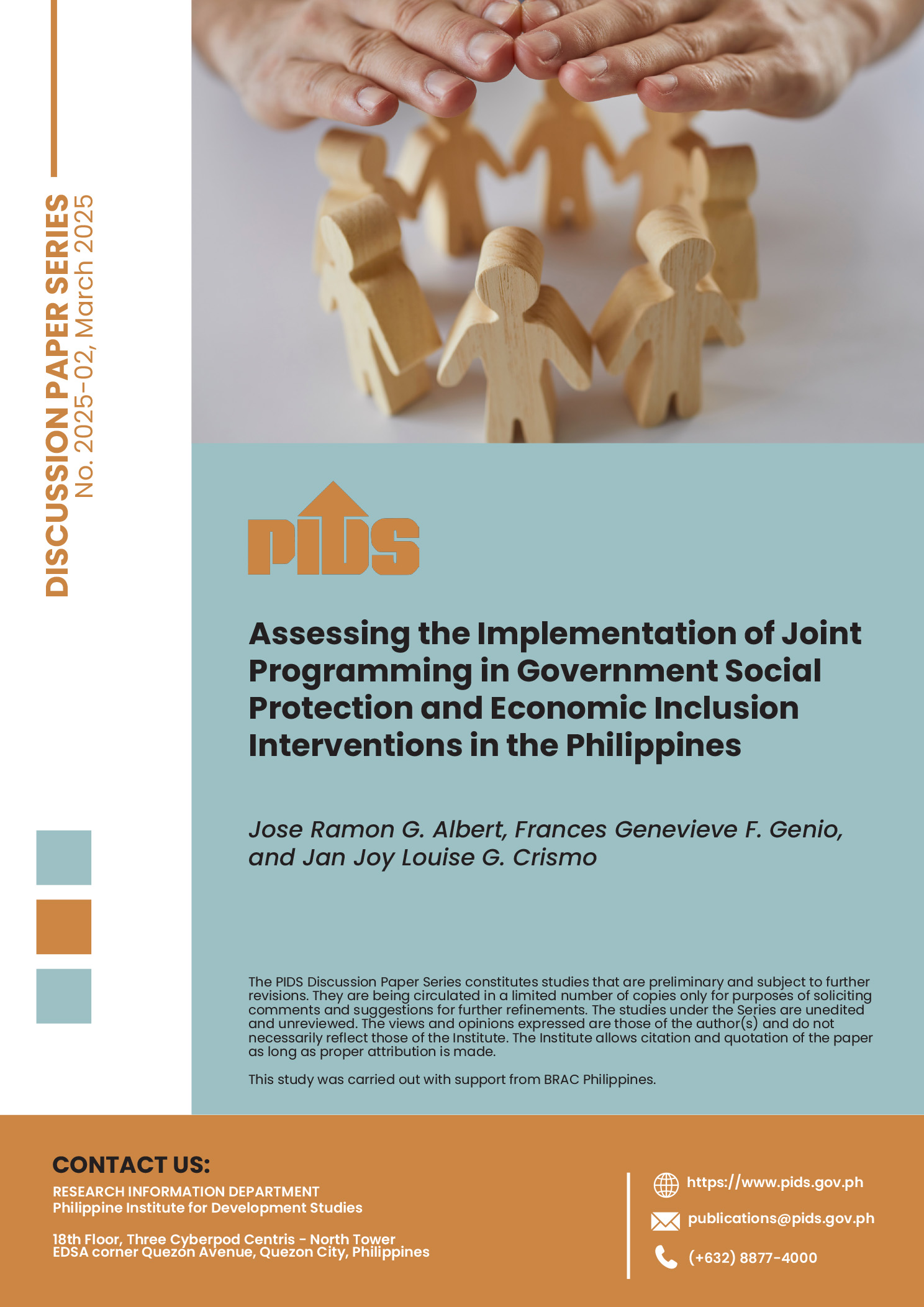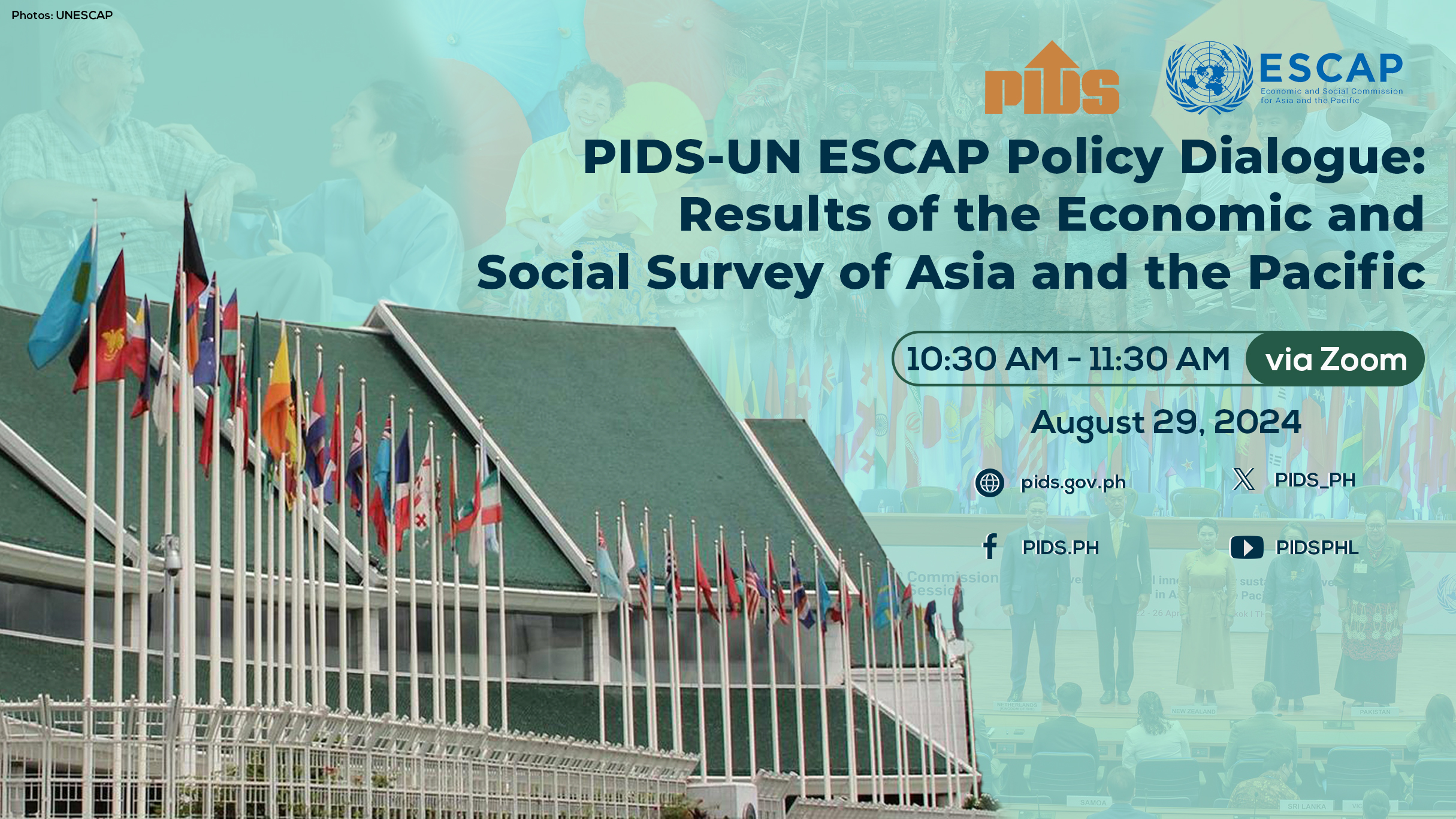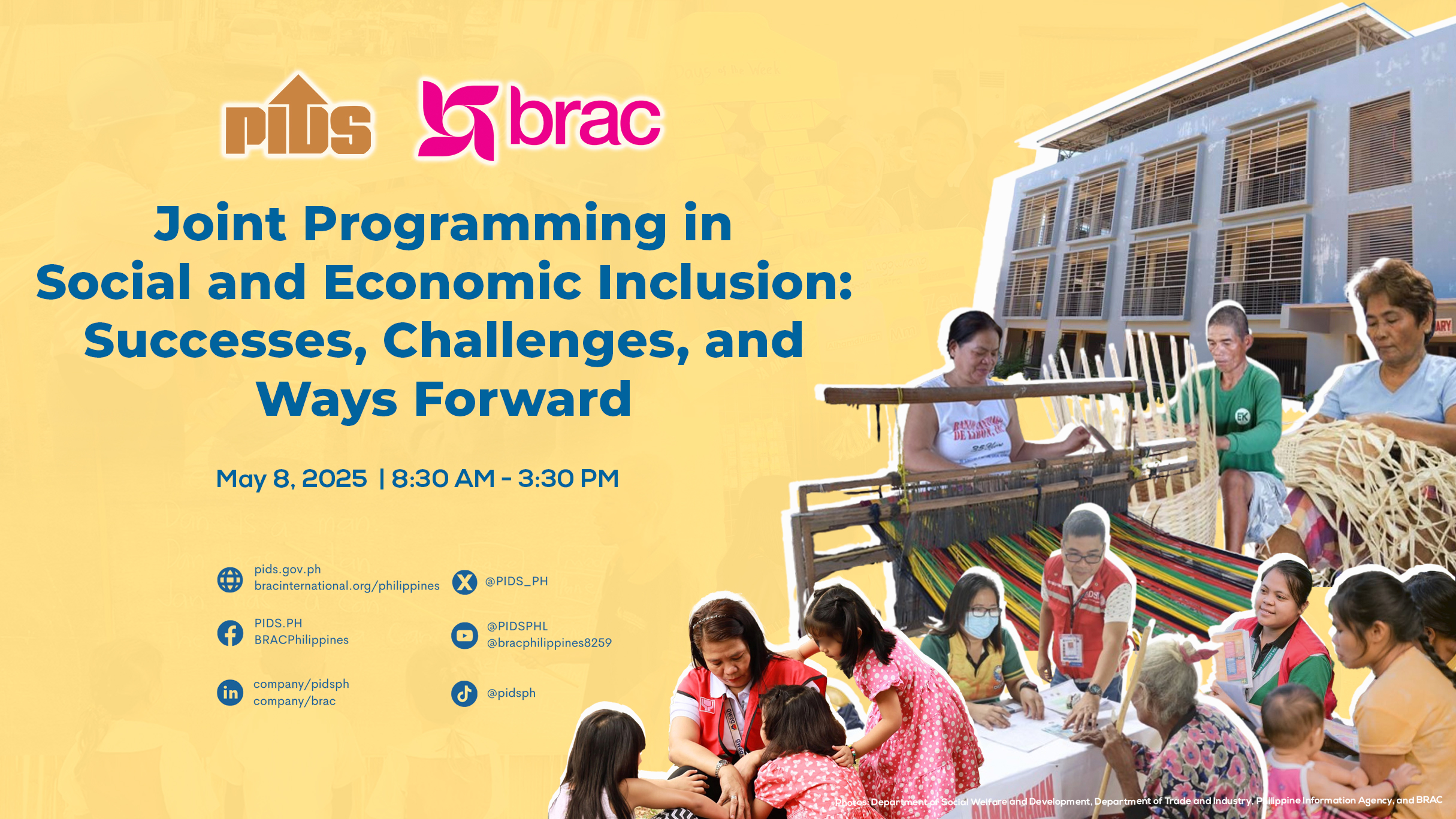Since a Philippine shelter-standard does exist, it is valid to expect the government to be curious about how many Filipino homes are substandard. The 18 sqm standard should be taken seriously not only by the HLURB, but by the government in general as well. Common sense calls for having official statistics on homes of substandard size. My quickie search for housing statistics this week turned up figures on housing units classified only by the quality of the materials of the outer walls and roof, and not by the size of their living area. Instead of size of living area, the government is focused on building material quality and on ownership of the lots on which dwellings stand. The number of informal settlers in the National Capital Region alone, in 2007, is put at 544,609 by the National Housing Authority, but only at 199,398 by the National Statistics Office (source: Jeanette E. Cruz, “Estimating informal settlers in the Philippines,” National Convention on Statistics, 2010). Sadly, shelter is not a separate component in the Philippine poverty line. This ensures that official poverty statistics cannot be disturbed by any change in shelter-conditions—or, for that matter, disturbed by anything other than a change in the price of food. I have said that: “[N]o matter by how much the prices change of consumer items like water, electricity, LPG, transportation, clothing, house-rent, school supplies, medicine, or any other basic item aside from food, there can be no corresponding changes in the official poverty line. This is due to the neglect of the National Statistical Coordination Board (NSCB), the official poverty-measurement agency, to do research on any individual nonfood component as part of minimum basic needs.” (“The poor don’t live by bread alone,” Inquirer, 3/5/2011). The NSCB’s poverty research is fixated on food. Other agencies with research capacity, such as the National Economic and Development Authority and the Philippine Institute for Development Studies, do not help out in studying the full needs of the poor, including shelter. The National Anti-Poverty Commission is a mere coordinating group and does not have its own research staff. This merely reflects the general bias in favor of how to promote economic growth rather than of how to fight poverty. For forthcoming official poverty statistics to realistically account for the effects of Yolanda, the NSCB should generate data on the survivors’ recovery from their injuries and the destruction of their homes and other assets. It should survey the people’s living conditions as soon as possible.
Social Climate: No shelter in the poverty line












